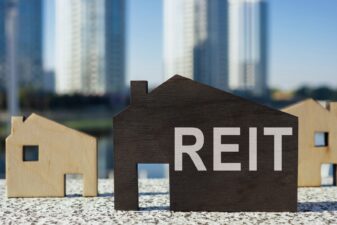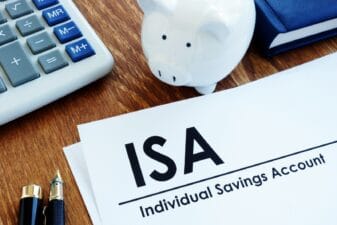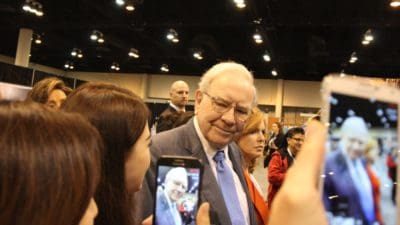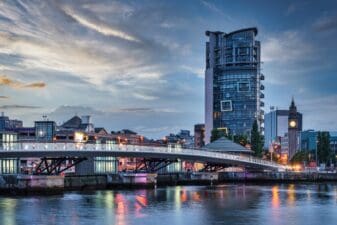One of the risks of being an income investor is that you can be seduced by attractive yields, which are sometimes a symptom of a declining business or a falling share price.
Take the UK’s largest pharmaceutical firm, GlaxoSmithKline (LSE: GSK) (NYSE: GSK.US), for example. The firm’s 4.7% prospective yield is attractive, but, 4.7% is substantially less than the long-term average total return from UK equities, which is about 8%.
Total return is made up of dividend yield and share price growth combined — but Glaxo shares are already up by 23% this year, and the firm is facing corruption allegations in China that triggered a 9% fall in Asian sales during the third quarter. Can Glaxo overcome these headwinds to deliver capital growth?
What will Glaxo’s total return be?
Looking ahead, I need to know the expected total return from my Glaxo shares, so that I can compare them to my benchmark, a FTSE 100 tracker.
The dividend discount model is a technique that’s widely used to value dividend-paying shares. A variation of this model also allows you to calculate the expected rate of return on a dividend paying share:
Total return = (Prospective dividend ÷ current share price) + expected dividend growth rate
Rather than guess at future growth rates, I usually average dividend growth between 2009 and the current year’s forecast payout, to provide a more reliable guide to the underlying trend. Here’s how this formula looks for Glaxo:
(77.8 ÷ 1645) + 0.063 = 0.110 x 100 = 11.0%
My model suggests that Glaxo shares could deliver a 11% total return over the next few years, outperforming the long-term average total return of 8% per year I’d expect from a FTSE 100 tracker.
Isn’t this too simple?
One limitation of this formula is that it doesn’t tell you whether a company can afford to keep paying and growing its dividend.
My preferred measure of dividend affordability is free cash flow — the cash that’s left after capital expenditure and tax costs.
Free cash flow is normally defined as operating cash flow – tax – capex.
In Glaxo’s case, the firm’s 2012 free cash flow of £1,744m was insufficient to cover its £3,814m dividend payments, but this is the exception — from 2011 back to at least 2007, Glaxo’s dividend has been amply covered by free cash flow.







